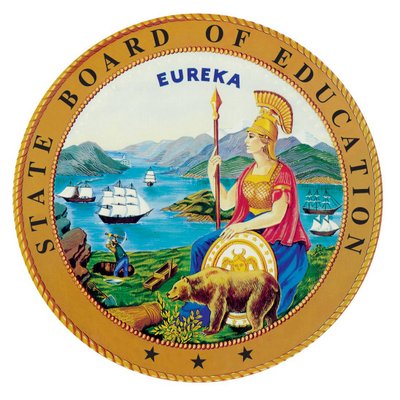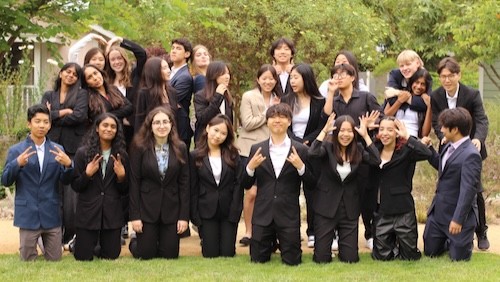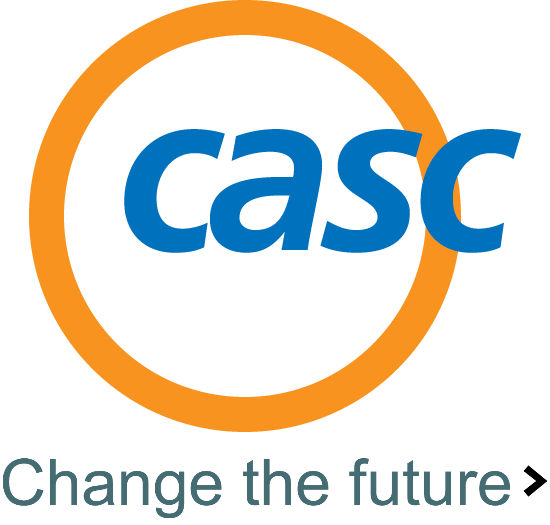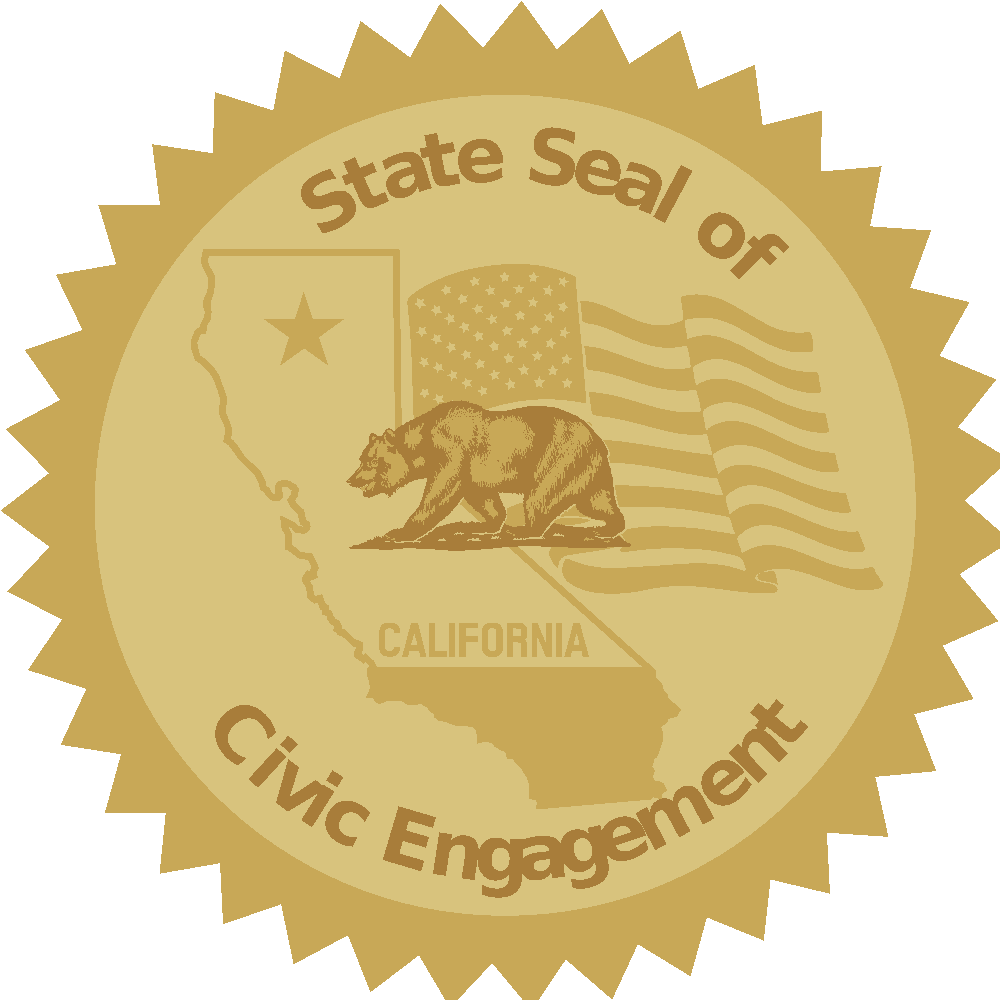Student Leadership in California

Learning to lead in K-12
In their school years, students develop academic skills and knowledge — you know, stuff like reading, writing, math, science, history, languages, and arts of expression. Less obviously, these are also years when students can learn to work together, bring out the best in others and develop leadership skills.
What’s your plan for sophomores?
Some organizations in California have done notable work to support meaningful leadership development among high school students. As this post will explain, there is massive room for improvement.
Here’s the short version:
- Schools and Districts: For individual schools and districts to succeed deeply at minting extraordinary young leaders, they need to focus on sophomores.
- Statewide: For California as a state to succeed at minting young leaders, it is high time for a master plan, possibly developed under the auspices of the relatively new office of the State Chief Service Officer.
Inspired by insights gleaned from student leaders and advisors over the last ten years, this post suggests a framework to actively develop effective student leaders at scale, involving County Offices of Education, school districts, and nonprofit organizations — especially PTAs.
This post also celebrates the longstanding impact of the California Association of Student Councils (CASC), a student-led organization that has trained young California leaders for more than half a century. (The students pictured at the top of this post are members of the 2024-25 CASC State Council.)
California’s pinnacle leadership opportunity for students: the State Board of Education
Rising juniors: Apply now. Deadline September 19, 2025.
Let’s begin at the top.
The highest office a high school student can hold in America is the student position on the 11-member California State Board of Education. Representing about six million students, this high-profile position is real, including a vote that counts.

The selection process begins at the end of sophomore year or the beginning of junior year. Learn more and apply now. Additional information here. The 2025 application deadline is September 19. There’s no cost to apply. You can learn more about students who served in this position here, and especially here.
Rising juniors should apply for this position in massive numbers. Don’t overthink it. Teachers and administrators should badger their students about this opportunity. The selection process is excellent preparation for college applications, and can lead to unexpected opportunities and connections. Those who want to be strong candidates for this position should school up on California’s education system by earning their certificate as an Ed100 graduate. (Anyone can do this — just sign up at Ed100.org, read the lessons and pass the quizzes. It’s all free.)
Other board seats for students
There are other opportunities for students to serve in amazing leadership roles within the education system. Students rarely know about these opportunities because most districts do a terrible job of promoting them. Selection processes are all over the map.
At the district and county level: Each school district has a school board. If the district serves high school students, its board is supposed to have at least one student member. According to the California School Boards Association (CSBA), at least 270 districts in the state do, though there is no public listing of these public servants. The selection process varies, and many districts do a poor job of promoting and managing it. The best way to find out about it in your area is to call or visit your district office and ask the executive assistant of the superintendent to point you in the right direction.
In addition to school board membership participation, districts and counties often want student involvement in projects or task forces. These opportunities are rarely well-advertised. You just have to ask so that you are “on the radar” when the chance arises. Districts and counties also need students to serve on School Attendance Review Boards. The state Child Nutrition Advisory Council needs a student member each year, too.
At the school level: Each public school in California must have a site council that includes students. The site council is an often-overlooked leadership opportunity for students, especially in earlier grades. Want to become a great candidate for the state board of education someday? Start by attending the open meetings of your school site council, in person if you can. You’ll learn a lot. Ask constructive questions and you’ll quickly get to know your principal and other leaders of the school.
Through your PTA: Many high schools and middle schools have PTSA organizations with formal and informal leadership positions for students. Regional PTA organizations are called PTA councils or PTA districts. All of these organizations need student leaders, but they often lack a meaningful process to recruit, train or involve them. This is a huge missed opportunity that merits thoughtful consideration.
Leadership training and leadership experience
To lead effectively, it helps to know some things about the mechanics of leading, including how to set goals, collect input, make plans, share work, communicate, handle disagreements, speak in public, and listen effectively.
Adults go to college to develop these skills. Student leaders mostly have to learn them on the fly, picking up what they can from friends, adults, and YouTube.
The vital role of CASC
There are exceptions. The California Association of Student Councils (CASC) holds statewide and local conferences and training programs to help student leaders develop skills, form plans, and work together. Districts, PTAs and community organizations that want to actively cultivate student leadership should reserve funds in their budget to send delegates to CASC programs. For decades, this organization has also served a formal role in the selection process for the student position on the State Board.
I was a CASC student leader long ago in the 1980s. The experiences I had in the organization contributed profoundly to my opportunities in life. Did it play a role in my decision to create Ed100? Absolutely.
Coming out of the pandemic, it pleases me greatly to see how the organization has flourished. The ability for students to collaborate online as well as in person has been a game-changer. Scholarships for the organization’s programs (especially SABE, SABLE, and YASC) should be a consistent philanthropic priority for community organizations as well as a line item in school district budgets.

Image: Members of the CASC 2024-25 state council. It’s not all serious all the time.
The Summit for Student Leaders
For the three pandemic years 2020-2022, Ed100 ran an online summer conference for student leaders in California. You can find plenty of information on Ed100 about it. In 2023 the program transitioned to become the Summit for Student Leaders, a student-run project of Children Now, a respected and well-established nonprofit organization.
If you’re interested in attending the Summit, helping to lead it, or helping to fund it, use the form on the Summit site to join the team.
Student councils, ASB organizations, athletics, and school journalism
Of course, statewide programs like CASC aren’t the only path for students to develop leadership skills. Ed100 lesson 2.10 digs into the role and importance of school-based student government organizations, often known as ASBs. Traditionally, leadership of student government is determined through win-lose elections that chase away students who are shy or turned off by the election process. As Malcolm Gladwell provocatively explains, this isn’t the only option.
There are other leadership opportunities in schools. Team-based athletics can be a tremendous way for students to develop leadership skills. Positive Coaching Alliance helps develop leadership qualities in ways that can influence both students and parents.
Some school newspapers can be superb leadership opportunities, with the caveat that advisors can make all the difference. We highlight some examples in the Ed100 blog.
Tried and true organizations that help develop leadership
Boy Scouts and Girl Scouts have tremendous history and have had a massive impact.
The Boys State and Girls State programs have launched generations of students to deep civic engagement. (I’m an alum of Boys State and Boys Nation.) The highly selective Bank of America Student Leaders Program is worth a look, too.
The FFA organization (formerly Future Farmers of America) is a huge program and has had considerable impact beyond the state’s urban communities.
Like CASC, the California Association of Student Leaders (CASL) conducts summer leadership programs. CASL is a program of the state Association of Directors of Activities (CADA).
GENup
New organizations to support and engage student leaders arise irregularly. During the pandemic, a California-based student-led organization called GENup grew from nothing into a statewide phenomenon, uniting student leaders in high schools and colleges to advocate for shared policy objectives, and creating loads of leadership opportunities along the way. (Disclosure: I’m an advisor to this organization.)
As of this writing in 2025, leadership of GENup is shifting from its founder to its first Executive Director. The website has become very dated and inaccurate, suggesting that the organization is in a quiet moment as new leaders work out how to take over. Motivated students looking to make a mark might want to pounce on the opportunity to fill big shoes in GENup rather than trying to establish new programs from scratch. It’s a lot harder than it looks.
Authenticity in leadership
Ambitious students know that admissions officers and employers value evidence of leadership. The race to collect titles that signal leadership on a resume can distract students from the real value of leadership experiences. Great leaders create authentic impact by uniting and aligning the efforts of people for a meaningful shared purpose.
The California Seal of Civic Engagement was developed in an effort to recognize meaningful service and leadership as part of each individual student’s high school transcript. Understandably, the program has struggled to achieve relevance because its meaning isn’t well understood and a sticker on a transcript is hard to show off effectively.
The continuity problem, and how to solve it
Leadership turnover is a challenge for any organization, but in organizations that authentically delegate power to students, the challenges are bigger than usual. Traditionally, student leadership roles are assigned at the beginning of a school year and top positions are held by 12th graders. This is a disastrous arrangement for continuity and transition management. There’s a better way:
- Select or elect leaders in March, not at the beginning of the school year.
- Assign top roles and responsibilities to rising juniors (yes, this means making important decisions in March of 10th grade).
- Wherever possible, elevate rising seniors out of executive roles and into the roles of advising and coaching.
This approach has tremendous advantages for student organizations. It creates intentional overlap between incoming and outgoing students in key roles, for example. It converts the summer into time for student leaders to plan, so they are ready to work together right away when school begins in the fall. It also neatly cures the problem of senioritis that afflicts many student organizations.
There are some obstacles. Most PTAs and school boards are not yet in the habit of transitioning student leadership positions on this timeframe. Change can be hard, but they should take inspiration from the California State Board of Education, which has demonstrated that it can be done. Bylaws that stand in the way can be changed! The benefits are real.
For school boards, in particular, identifying student members in March would create a path for incoming student board members to have effective training through a summer program. At present, many student board members don’t receive meaningful training until the annual state conference of the California School Boards Association (CSBA), which unfortunately happens in December. This timing, near the end of their service, falls too late to help prepare them and facilitate connections. To address the problem, CSBA should collaborate with CASC to provide an affordable statewide training program for student board members during the summer.
Thinking bigger about student leadership
Student leaders care about their schools, and they have enormous potential to lead in other areas of civic engagement, too. What holds them back? What is California not doing that it could do to support them? These are important questions.
This post has gestured at a few potential answers. It is my hunch that the office of the State Chief Service Officer could be an appropriate agency to convene a planning process — including students, of course — and lead to a breakthrough plan.
Updated in late July 2025
Tags on this post
Leadership Student voiceAll Tags
A-G requirements Absences Accountability Accreditation Achievement gap Administrators After school Algebra API Arts Assessment At-risk students Attendance Beacon links Bilingual education Bonds Brain Brown Act Budgets Bullying Burbank Business Career Carol Dweck Categorical funds Catholic schools Certification CHAMP Change Character Education Chart Charter schools Civics Class size CMOs Collective bargaining College Common core Community schools Contest Continuous Improvement Cost of education Counselors Creativity Crossword CSBA CTA Dashboard Data Dialogue District boundaries Districts Diversity Drawing DREAM Act Dyslexia EACH Early childhood Economic growth EdPrezi EdSource EdTech Education foundations Effort Election English learners Equity ESSA Ethnic studies Ethnic studies Evaluation rubric Expanded Learning Facilities Fake News Federal Federal policy Funding Gifted Graduation rates Grit Health Help Wanted History Home schools Homeless students Homework Hours of opportunity Humanities Independence Day Indignation Infrastructure Initiatives International Jargon Khan Academy Kindergarten LCAP LCFF Leaderboard Leadership Learning Litigation Lobbyists Local control Local funding Local governance Lottery Magnet schools Map Math Media Mental Health Mindfulness Mindset Myth Myths NAEP National comparisons NCLB Nutrition Pandemic Parcel taxes Parent Engagement Parent Leader Guide Parents peanut butter Pedagogy Pensions personalized Philanthropy PISA Planning Policy Politics population Poverty Preschool Prezi Private schools Prize Project-based learning Prop 13 Prop 98 Property taxes PTA Purpose of education puzzle Quality Race Rating Schools Reading Recruiting teachers Reform Religious education Religious schools Research Retaining teachers Rigor School board School choice School Climate School Closures Science Serrano vs Priest Sex Ed Site Map Sleep Social-emotional learning Song Special ed Spending SPSA Standards Strike STRS Student motivation Student voice Success Suicide Summer Superintendent Suspensions Talent Teacher pay Teacher shortage Teachers Technology Technology in education Template Test scores Tests Time in school Time on task Trump Undocumented Unions Universal education Vaccination Values Vaping Video Volunteering Volunteers Vote Vouchers Winners Year in ReviewSharing is caring!
Password Reset
Search all lesson and blog content here.
Login with Email
We will send your Login Link to your email
address. Click on the link and you will be
logged into Ed100. No more passwords to
remember!



















Questions & Comments
To comment or reply, please sign in .
Jeff Camp - Founder June 15, 2024 at 2:16 pm